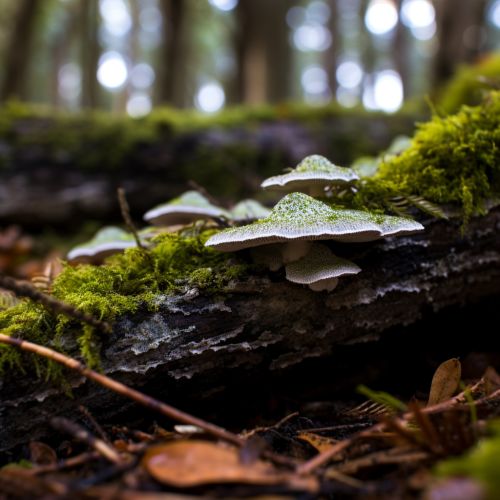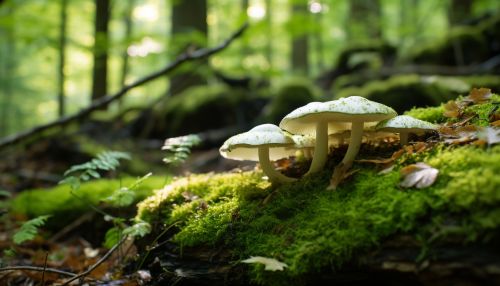Fungal Ecology in Forest Ecosystems
Introduction
Fungal ecology is the study of the interactions of fungi with their environment and other organisms. In forest ecosystems, fungi play a crucial role in nutrient cycling, plant health, and biodiversity. This article will delve into the complex world of fungal ecology within forest ecosystems, exploring the various roles fungi play, their interactions with other organisms, and the impact of environmental changes on fungal communities.
The Role of Fungi in Forest Ecosystems
Fungi are essential components of forest ecosystems, contributing to various ecological processes. They are primarily decomposers, breaking down dead organic material and recycling nutrients back into the ecosystem. This role is crucial in forest ecosystems, where large amounts of plant material are produced and must be decomposed. Fungi also form mutualistic relationships with plants, particularly trees, in the form of Mycorrhizal associations. These associations benefit both the fungus and the plant, with the fungus receiving sugars from the plant and the plant receiving nutrients from the fungus.


Fungal Diversity in Forest Ecosystems
Forest ecosystems are hotspots of fungal diversity, with thousands of species present in a single forest. This diversity is driven by a variety of factors, including the diversity of plant species, the complexity of the forest structure, and the availability of different types of organic material for decomposition. Fungal diversity is also influenced by environmental factors such as temperature, moisture, and soil pH. The study of fungal diversity in forest ecosystems is a complex field, with researchers using a combination of traditional mycological techniques and modern molecular methods to identify and characterize fungal species.
Fungal Interactions with Other Organisms
Fungi in forest ecosystems interact with a wide range of other organisms, from plants and animals to bacteria and other fungi. These interactions can be mutualistic, parasitic, or competitive in nature. For example, many fungi form mutualistic relationships with trees through mycorrhizal associations, while others are parasites that cause tree diseases. Fungi also compete with bacteria and other decomposers for resources, influencing the rate of decomposition and nutrient cycling in the forest.
Impact of Environmental Changes on Fungal Communities
Changes in environmental conditions can have significant impacts on fungal communities in forest ecosystems. Climate change, in particular, poses a major threat to fungal ecology. Changes in temperature and precipitation patterns can alter fungal community composition and disrupt fungal-plant interactions. Deforestation and other forms of habitat destruction can also lead to the loss of fungal diversity. On the other hand, some changes, such as increased atmospheric CO2 levels, may actually promote fungal growth and decomposition activity.
See Also
- Mycology - The study of fungi
- Decomposition - The process of breaking down organic material
- Climate Change - The impact of changing climate on ecosystems
